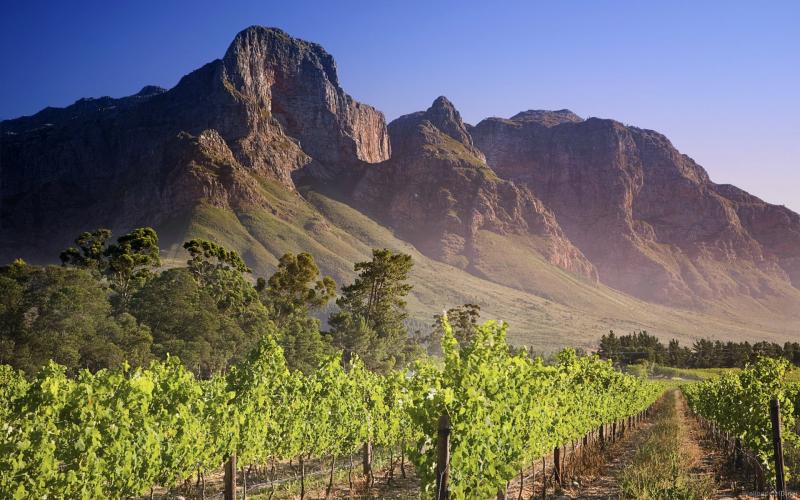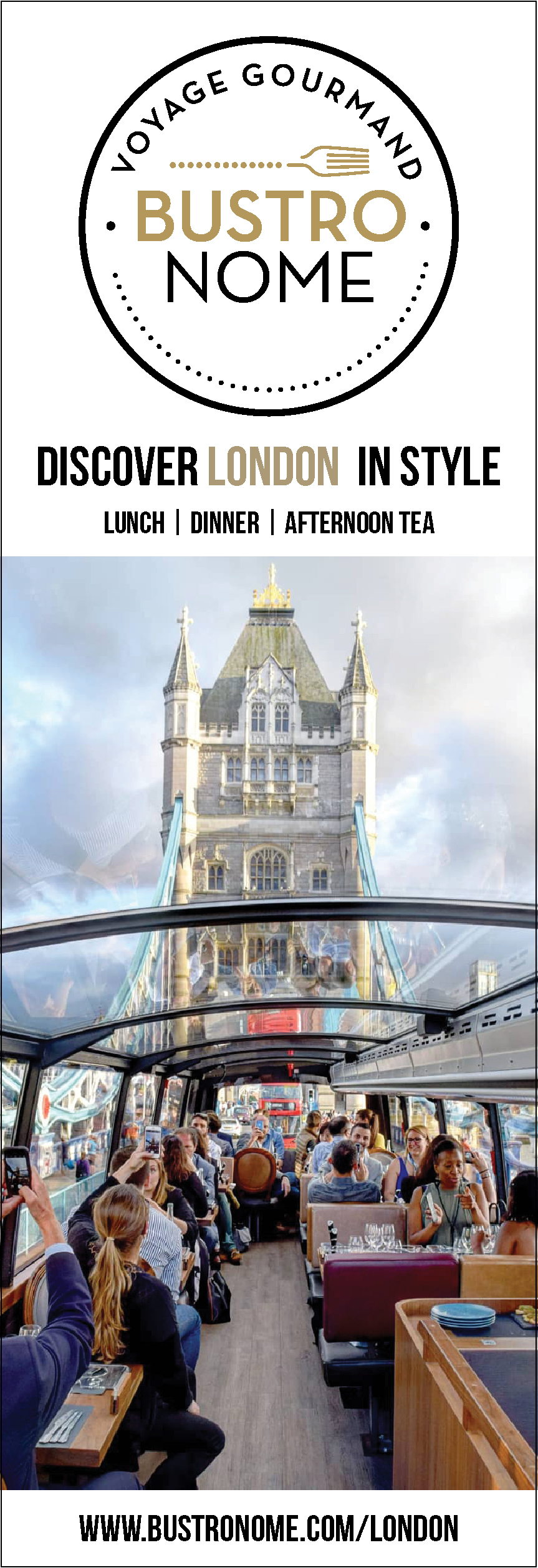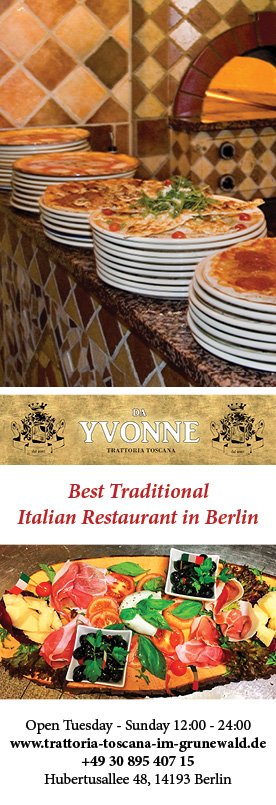
A Land of Diverse Cultures
By Mark Johnson
South Africa is an area many people have travelled to and never wanted to leave. The area is diverse and appears to have endless wonders to admire. We wanted to put together just a few attractions that you will not want to miss.
Table Mountain & The Cape Peninsula
Table Mountain and the Cape Peninsula are on each other's doorsteps and you can't really go to one landmark without seeing the other.
Table Mountain is a stunningly dramatic natural backdrop to Cape Town, one of the most beautiful harbour cities in the world. Hike up through Platteklip Gorge or take the Table Mountain Aerial Cableway to the top for panoramic views of both Cape Town and the sea.
If you enjoy hiking it's a brilliant way to explore the Cape Peninsula, especially the region around Cape Point and the Cape of Good Hope, which are both within the wild, unspoilt Table Mountain National Park. If you visit this area in spring and early summer you might see Southern Right Whales. Whatever time of year you visit, make sure you see the colony of 3,000 African penguins at Boulders Beach.
Robben Island
Visit Alcatraz's South African counterpart, Robben Island, now a UNESCO World Heritage Site. Robben Island is most famously known as the prison where South Africa's political prisoners were held during the apartheid era. Before that, the island was a leper colony, a mental hospital and a defence training base.
Today, visitors can tour the maximum security wing where anti-apartheid activists like Nelson Mandela were held, and see the lime quarry where Mandela worked. Tours of Robben Island are usually taken by former political prisoners, who paint life in incarceration in vivid detail.
Winelands
Viticulture in South Africa stretches back to the arrival of the first French Huguenots in the 1650s. They brought European winemaking experience and knowledge to the Cape and made the most of the region's Mediterranean climate.
Today, visitors can tour the vineyards in Worcester, Paarl, Stellenbosch, Olifants River, Robertson, and other regions. Most estates combine wine tasting with an insight into the region's history, or you can hire an expert guide to bring the area's heritage and famous Cape Dutch style architecture to life.
Gansbaai
The undisputed Great White Shark capital of the world even has its own Great White Shark embassy, but if you're no thrill seeker, don't be deterred, Gansbaai offers natural, unspoilt beauty both in and out of the water. You can whale watch from the cliffs of De Kelders, enjoy miles of pristine white sand at Pearly Beach, walk in ancient Milkwood forests, visit the penguin colony of Dyer Island, see cape clawless otters and black oyster catchers on Gansbaai's secluded beaches, or take a boat to Shark Alley to see seals and, if you're feeling brave, dive with Great White sharks.
The Garden Route
From Mossel Bay in the Western Cape to the Storms River on the Eastern Cape border, The Garden Route is a seriously scenic stretch of South Africa's south-eastern coast. Look out for over 300 species of bird; enjoy the route's ten nature reserves as well as the marine reserves that are home to coral reefs, dolphins, seals and much more. In several of the bays along the Garden Route there are Southern Right Whale nurseries; the whales come to calve in the area from July to December (Plettenberg Bay is a particular whale hotspot).
The Drakensberg Mountain Range
Known by the Zulu as UKhahlamba (the Barrier of Spears) the Drakensberg, a World Heritage Site, is a 200-kilometre-long range of mountains, the largest proportion of which falls in the province of KwaZulu-Natal.
The Drakensberg Mountain range is a paradise for walkers, adventure seekers and wildlife lovers alike. Rock and cave art painted by the now extinct San tribe – also known as the Bushmen – depicting daily life several thousands of years ago can be seen across the range, and these paintings are definite must-sees.
Outdoors lovers can hike, ride, rock climb, abseil, white water raft and much more.
KwaZulu Natal Battlefields
The battlefields of KwaZulu Natal have witnessed bloody military campaigns between the British, the Boers and the Zulus and have seen many lives lost. Walk in the footsteps on famous military and historical figures such as Winston Churchill, Lieutenant Gonville Bromhead, Mahatma Gandhi and General Louis Botha.
Fantastically knowledgeable guides take visitors on KwaZulu-Natal Battlefield tours, recounting the events and atmosphere of each battle. Two of the most famous battles that took place in KwaZulu Natal happened at Isandlwana and Rorke's Drift, the latter of which was made culturally immortal in the 1964 film Zulu.
Soweto
Soweto, home to forty per cent of Johannesburg's population, was and still is a symbol for many of South Africa's struggle against Apartheid. At the same time Soweto is showing the world what is happening and what is possible in the new South Africa.
Many of the best-known locations from the Apartheid struggle are in Soweto, from Nelson Mandela's house (the Mandela Family Museum) and the Hector Pieterson memorial in Orlando West, to Soweto's Black Madonna at Regina Mundi.
The Cradle of Humankind
This complex of limestone caves, just 50 kilometres away from Johannesburg, is where scientists have discovered many important fossils that date back to the birth of humanity, more than 4 million years ago. The most famous of these fossils includes the 2.1 million-year-old skull, "Mrs Ples", and the 3 million-year-old skeleton, "Little Foot". Mrs Ples and Little Foot, which were both found in the Sterkfontein Caves, shed light on the very first human life. The Cradle of Humankind is so-called because it is where our earliest ancestors evolved from.
Kruger National Park
The Kruger National Park in the Limpopo Province is the largest game reserve in South Africa, and life in the bush is pretty much guaranteed to take your breath away. Kruger is home an impressive array of species: 336 trees, 49 fish, 34 amphibians, 114 reptiles, 507 birds and 147 mammals. In addition to this natural smorgasbord, you can visit archaeological sites like Masorini, to see remains from the lives of hunter-gathers, and later Iron Age people, and Thulamela, where evidence of human life 1.5 million years ago is still found.
As well as "The Big Five" (buffalo, elephant, leopard, lion and rhino) Kruger National Park is home to "The Little Five" (Buffalo Weaver, Elephant Shrew, Leopard Tortoise, Ant Lion and Rhino Beetle), the "Birding Big Six" (Ground Hornbill, Kori Bustard, Lappet- faced Vulture, Martial Eagle, Pel’s Fishing Owl and Saddle-bill Stork), and the "Big Five Trees" (Baobab, Fever Tree, Knob Thorn, Marula, Mopane) – so don't forget to pack your binoculars.
Share this article:




















